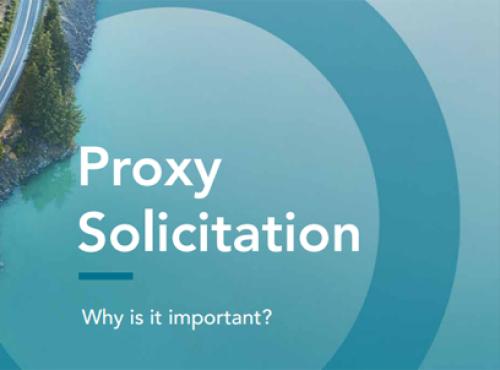Ron Rimkus' framework can help spare IR professionals from the occupational hazard of becoming too insular
‘Many analysts labor under the belief that the game is about getting the cash flow right. It’s not. Alpha is not in your cash-flow estimates. It’s not in your discount rates. And it’s not in your cheap multiples. The game is about our variant perception – our ability to distinguish our perceptions from the market’s and successfully bet when there is a material difference. Divergence between your perception and that of the market is where you should dedicate the lion’s share of your work. This is where true alpha comes from. Everything else is beta in disguise.’
That provocative statement comes from Ron Rimkus, who had a successful career as a money manager at BB&T Asset Management and Mesirow Financial. Through those experiences he developed a framework to help him understand where his views were either profitably ahead of the market or dangerously out of step. His main point is that all too often investors focus on a narrow perspective that ignores context and can lead to an erroneous perception of reality. His framework systematically forces investors to analyze any investment decision through five overlapping lenses: fundamental, historical, policy, agency and behavioral.
Rimkus, who is now director of economics and alternative investments at CFA institute, writes about the economy, alternative investments and behavioral finance, and is developing an historical database of past financial crises. He recently shared his framework at the Society of American Business Editors and Writers’ conference. His approach is useful for IROs as well as investors, not only because it reveals a tool analysts may be using, but also because it helps spare IROs from the dangerous occupational hazard of becoming too insular.
I’ve summarized below how Rimkus applied his framework to bond guarantor Ambac, leading him to sell the stock in 2007 when it was flying high prior to its meltdown following the financial crisis of 2008:
Fundamentals – This is where most analysts and portfolio managers (and, by default, IROs) spend their time, and the risk is a forest-and-trees dilemma. Company fundamentals seemed solid but the market was ignoring the fact that Ambac’s risk was increasing as home prices declined
Historical – The stock was cheap on an historical P/E basis, but there were early signs (rising defaults and declining prices) that the historical pattern of real estate boom and bust was coming to a turning point
Policy – Regulations and laws were pushing more risk onto guarantors and encouraging bank lending into sub-prime mortgages. US Fed monetary policy created easy credit and the US trade deficit encouraged foreign investment in US Treasuries, exacerbating already artificially low interest rates
Agency – Ambac executives’ pay packages encouraged EPS growth without any reference to quality or transparency. The top five executives stood to reap $43 mn after a change in control and the CEO had guaranteed minimum bonuses totaling $1.65 mn for 2007 and 2008
Behavioral – News stories at the time continued to support the idea that home prices overall would not fall. As Ambac was growing and profitable, the market expected the status quo to continue.
Finally, Rimkus saw that analysts continued to focus on a low P/E multiple, viewing the stock as cheap while ignoring other signals. In early 2007, their perceptions of Ambac were shaped by the company’s historical earnings; a more holistic view would have revealed warning signs. Within three years, it had declared bankruptcy. Context matters.
Business and financial journalist Brad Allen is a former IRO and served as NIRI national board chair between 1996 and 1997
This article appeared in the Fall 2016 issue of IR Magazine










